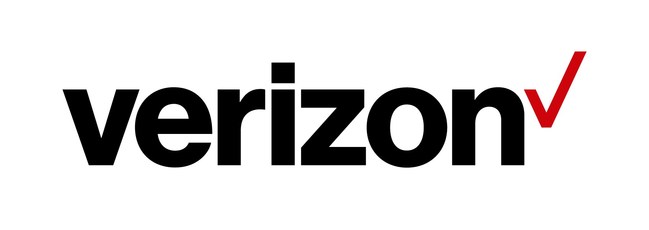Verizon Business and IBM announced they are entering into a collaboration to work together on 5G and edge computing innovation to help enable the future of Industry 4.0. The companies plan to collaborate on solutions combining the high speed and low latency of Verizon’s 5G and Multi-access Edge Compute (MEC) capabilities, IoT devices and sensors at the edge, and IBM’s expertise in AI, hybrid multicloud, edge computing, asset management and connected operations.
Read More: Collibra Strengthens Executive Leadership Team To Support Continued Company Growth

Many industrial enterprises are today seeking ways to use edge computing to accelerate access to near real-time, actionable insights into operations to improve productivity and reduce costs. To address this need, the first solutions planned from this collaboration are to be mobile asset tracking and management solutions to help enterprises improve operations, optimize production quality, and help clients enhance worker safety.
For these initial solutions, the two companies plan to leverage Verizon’s wireless networks, including Verizon’s 5G Ultra Wideband (UWB) network, and Multi-access Edge Computing (MEC) capabilities, alongside Verizon’s ThingSpace IoT Platform and Critical Asset Sensor solution (CAS). These will be jointly offered with IBM’s market-leading Maximo Monitor with IBM Watson and advanced analytics. The combined solutions could help clients detect, locate, diagnose and respond to system anomalies, monitor asset health and help predict failures in near real-time.
IBM and Verizon are also working on potential combined solutions for 5G and MEC-enabled use cases such as near real-time cognitive automation for the industrial environment. Edge computing’s decentralized architecture brings technology resources closer to where data is generated – i.e., where devices are located in an industrial site – this can help decrease lags in response time and increase processing speeds and reliability. 5G’s low latency, high download speeds and capacity can increase the number of devices that can be supported within the same geographic area, and the ability for organizations to interact with those devices in near real-time, with computing power in the proximity of the device. This could mean that innovative new applications such as remote control robotics, near real-time cognitive video analysis and plant automation may now be possible.
Read More: Turbonomic Named An Enterprise Management Associates Vendor To Watch





















